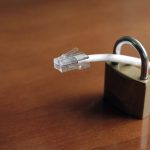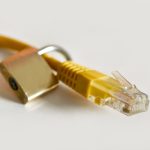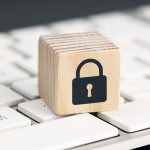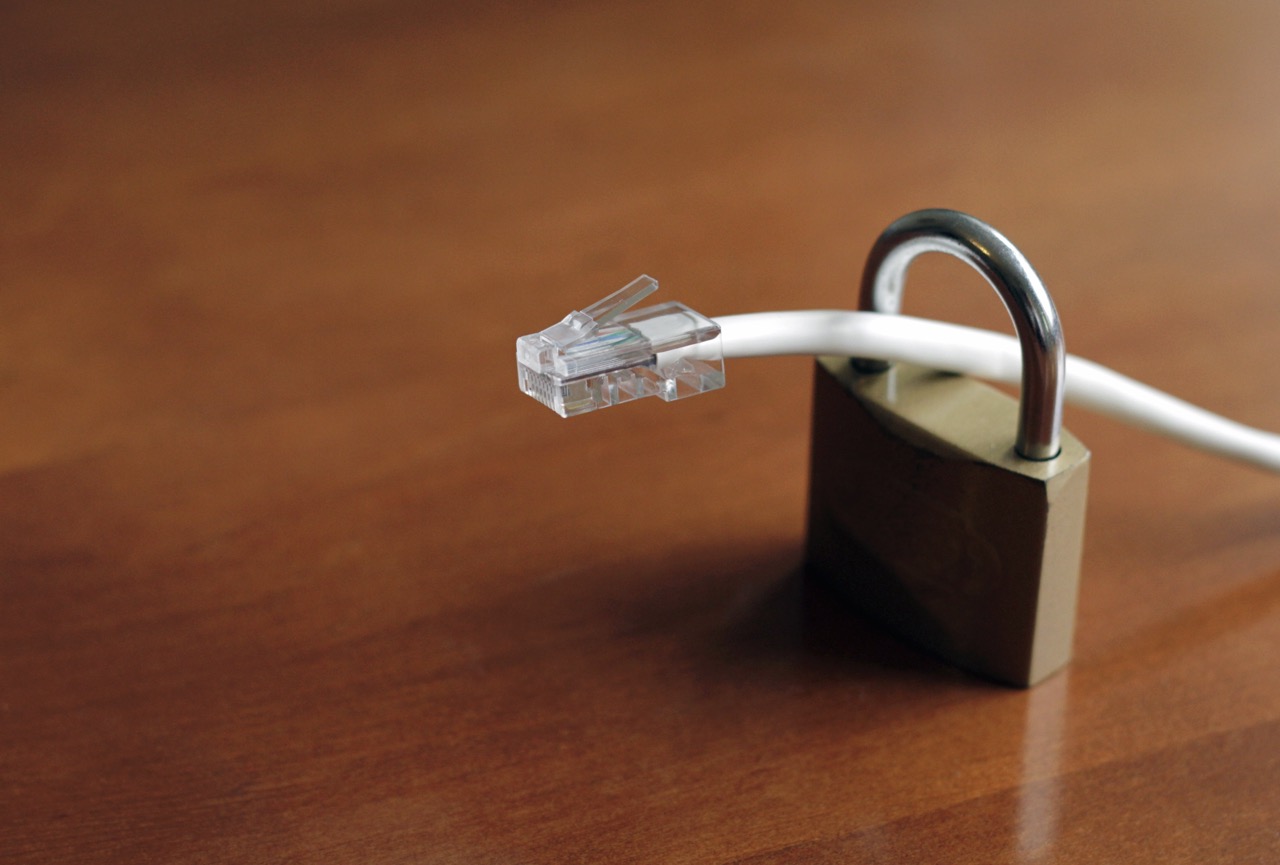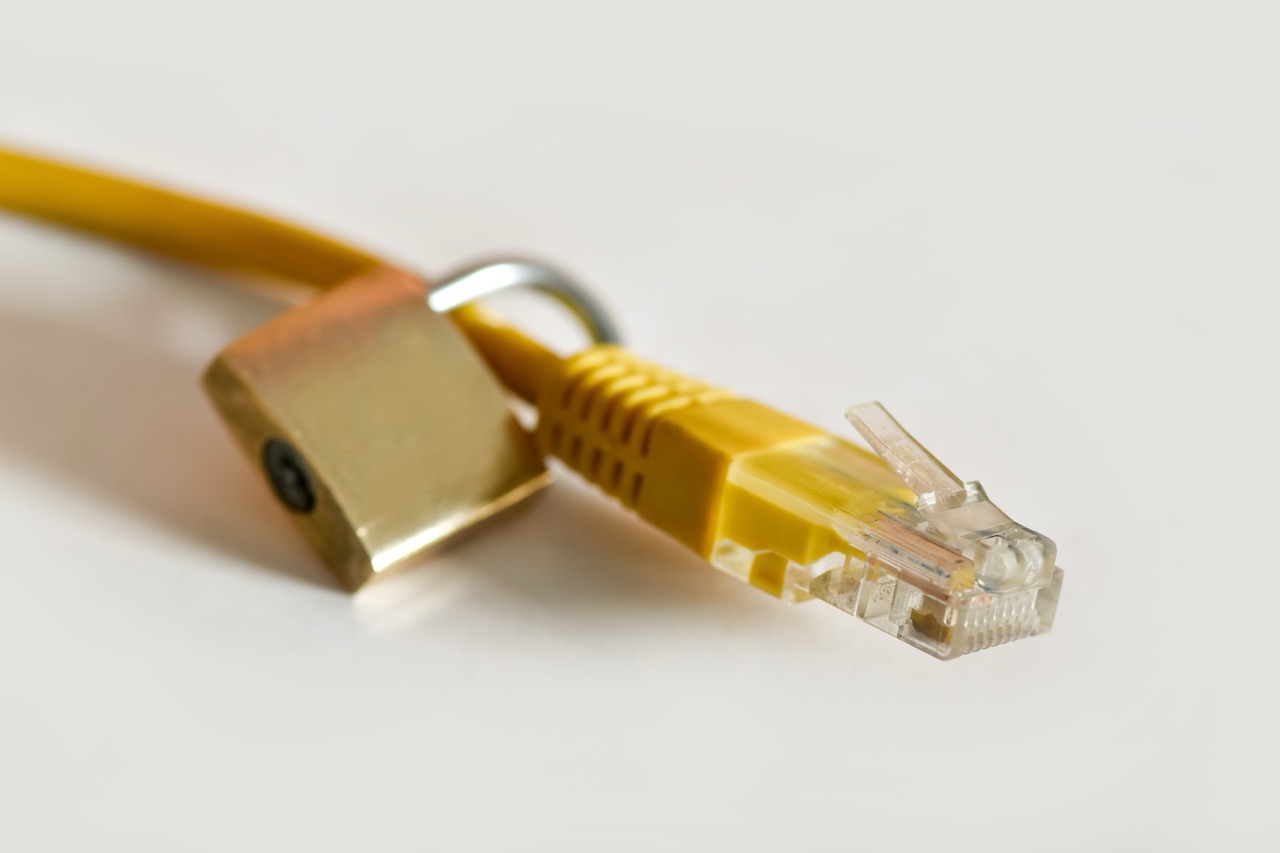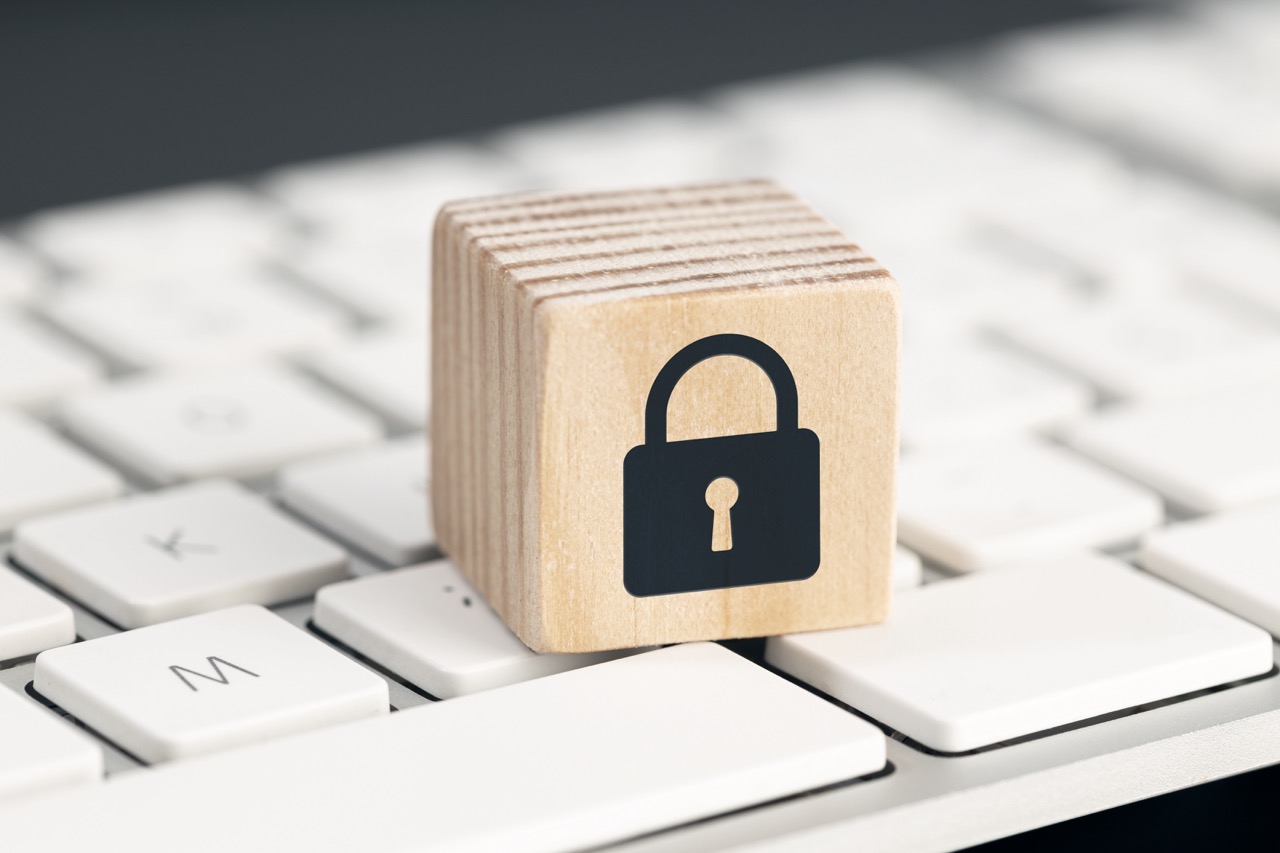In an increasingly digital world, Virtual Private Networks (VPNs) have emerged as essential tools for many users seeking privacy and unrestricted internet access. Particularly in environments like schools and workplaces, where network administrators impose strict controls, VPNs serve as effective solutions to bypass firewalls and access blocked content. This article delves into the functionality of VPNs, the mechanisms of firewalls, and the best practices for using VPNs responsibly in such settings.
Understanding the Basics of VPNs and Their Functionality
A Virtual Private Network (VPN) is a technology that creates a secure and encrypted connection over a less secure network, such as the Internet. By routing your device’s internet traffic through a server controlled by the VPN provider, a VPN masks your IP address, making your online actions virtually untraceable. This not only enhances privacy but also allows users to connect to the internet as if they are in a different location, which can be particularly beneficial in circumventing geographic restrictions.
VPNs employ tunneling protocols such as OpenVPN, L2TP/IPsec, and IKEv2 to establish secure connections. These protocols dictate how data is encapsulated and transmitted between the user and the VPN server. The encryption ensures that even if the data packets are intercepted, they remain unreadable to unauthorized users. This level of security is crucial in educational and professional environments, where sensitive or personal information might be at risk.
Moreover, VPNs can improve online security by providing a layer of protection against cyber threats. As users connect to public Wi-Fi networks commonly found in schools and workplaces, they become susceptible to attacks such as packet sniffing and man-in-the-middle attacks. A VPN mitigates these risks by ensuring that data travels through encrypted tunnels, thus safeguarding users from potential breaches.
Exploring the Mechanisms of Firewalls in Educational Settings
Firewalls are security systems that monitor and control incoming and outgoing network traffic based on predetermined security rules. In educational settings, firewalls are primarily employed to maintain a safe and focused environment by restricting access to certain websites and applications deemed inappropriate or distracting. This is particularly essential in preventing students from accessing gaming, social media, or other entertainment sites during school hours.
Educational institutions often implement firewalls using various techniques, including URL filtering, keyword filtering, and IP blocking. URL filtering allows network administrators to block specific websites by categorizing them based on content, while keyword filtering examines web content for objectionable phrases. IP blocking, on the other hand, restricts access to entire ranges of IP addresses associated with undesirable content.
While firewalls serve important protective functions, they can also hinder educational opportunities by limiting access to valuable resources. For instance, students may be unable to access research articles, educational videos, or online collaboration tools simply because they are blocked by the network restrictions. This creates a dilemma for both educators and students, who may need to find ways to navigate these barriers to access essential information.
How VPNs Operate to Circumvent Network Restrictions
VPNs operate by employing encryption and tunneling techniques, which allow users to create a secure connection that can bypass firewalls. When a user connects to a VPN, their internet traffic is routed through the VPN server, which changes their apparent IP address. This makes it difficult for firewalls to identify and block specific websites or services since the request appears to originate from the VPN server rather than the user’s device.
Once the connection is established, the VPN encrypts the data transmitted between the user and the server. This encryption prevents firewalls from inspecting the content of the data packets, rendering filtering mechanisms ineffective. As a result, users can access websites and services that are otherwise restricted or blocked by the school’s firewall.
Moreover, many VPNs offer obfuscation technologies, which disguise VPN traffic as regular web traffic. This can further aid in circumventing network restrictions, as firewalls that are configured to detect and block VPN traffic may not be able to distinguish it from other types of data. This dual functionality of encryption and obfuscation makes VPNs a powerful tool for users needing to bypass restrictive networks.
Configuring VPNs for Optimal Performance in Restricted Networks
To achieve optimal performance when using a VPN in a restricted network, several key configurations need to be considered. First, selecting a reliable VPN provider is crucial. Users should look for VPNs that offer high-speed servers, particularly those located near the user’s geographical location, to minimize latency and enhance browsing speed. Additionally, it is beneficial to choose a provider that supports multiple tunneling protocols, allowing users to easily switch between them based on their specific needs and network conditions.
Another important configuration is the use of split tunneling. This feature allows users to choose which applications or websites will use the VPN connection while others can access the internet directly. By selectively routing traffic, users can maintain faster speeds for activities that do not require a VPN while ensuring privacy and access for sensitive browsing. This can be particularly useful in educational environments where students may need to access both restricted content and legitimate resources.
Lastly, adjusting the encryption settings can also enhance performance. While higher levels of encryption provide better security, they can also slow down connection speeds. Users should find a balance between security and performance by selecting suitable encryption levels, especially in bandwidth-sensitive applications such as video conferencing or online gaming. Careful consideration of these configurations will enable users to maximize the benefits of VPN technology while navigating restricted networks efficiently.
Legal and Ethical Considerations When Using VPNs at Work
While VPNs can provide numerous advantages, it is essential to understand the legal and ethical implications of their use in the workplace. Many organizations implement internet restrictions to protect sensitive information and maintain productivity. Circumventing these restrictions using a VPN can violate company policies and lead to disciplinary actions, including termination. Employees must be aware of their organization’s rules regarding network usage and potential consequences for non-compliance.
Additionally, the use of a VPN can raise privacy concerns. Employees may mistakenly believe that their actions are completely anonymous while using a VPN, which is not always the case. Network administrators may still monitor VPN usage, and in some instances, organizations may retain the right to access logs and data from VPN providers. Thus, transparency with employers about VPN use is crucial to navigate the balance between privacy and organizational policy.
Finally, legal ramifications can arise from using VPNs to access restricted or pirated content. Engaging in activities that violate copyright laws or other regulations can lead to severe penalties, both for individuals and organizations. Therefore, it is essential for users to remain informed about relevant laws and ensure that their use of VPN technology aligns with both legal standards and ethical considerations in the workplace.
Best Practices for Safe and Secure VPN Usage in Schools
To ensure safe and secure VPN usage in schools, students and faculty should follow several best practices. First, it is crucial to choose a trustworthy and reputable VPN provider. Users should look for VPNs with a strong commitment to user privacy, robust encryption protocols, and positive reviews regarding their reliability and performance. Avoiding free VPNs is advisable, as they may compromise user data or provide inadequate security measures.
Second, users should regularly update their VPN software to benefit from the latest security features and enhancements. This includes not only the VPN application but also the underlying operating system and antivirus software. Keeping software up to date reduces vulnerabilities that could be exploited by malicious actors, ensuring a safer online experience.
Finally, maintaining awareness of the ethical and legal implications of using VPNs in educational settings is paramount. Educators should engage in discussions with students about responsible internet use, including the proper use of VPNs. This educative approach fosters a culture of respect for both institutional policies and the legal frameworks governing internet usage, ensuring that students leverage technology in a manner that aligns with academic integrity and ethical standards.
In conclusion, VPNs serve as powerful tools for bypassing firewalls and accessing restricted content in educational and workplace settings. By understanding the functionality of VPNs, the mechanisms of firewalls, and the importance of ethical considerations, users can navigate network restrictions responsibly. Following best practices for VPN usage not only enhances security but also fosters a respectful internet culture, ensuring that the benefits of technology can be enjoyed without compromising legal and ethical standards.
